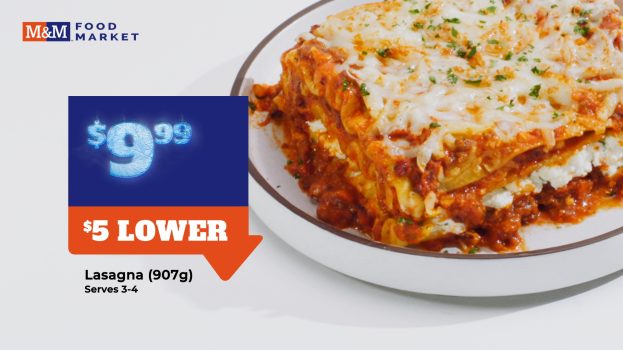Curling Canada’s latest marketing effort is once again looking to create new fans for the sport, but is focusing less on rules and terminology and more on a sense of “closeness” fans feel as part of the curling community.
The campaign once again features Doug, a commentator who first appeared in last year’s campaign, where he was enthusiastic but clueless about the sport. This time, Doug appears in a post-game show, interviewing curlers like Kevin Koe and Chelsea Carey about how close fans seem to be able to get to athletes – which seems to be proven when the fans in question find ways to interrupt the interview.
Last year’s campaign was aimed at addressing the insight that many people who weren’t already fans saw curling, with its own unique set of rules and terminology, as intimidating.
“What you saw last year was a little bit of [us] addressing that to invite new fans into the game,” says Curling Canada CEO Katherine Henderson. “As time has gone on, what we’ve seen is that as you mature in your understanding of the game, you start to appreciate the experience around it a bit more, which is what makes it unique from other sports and helps fans feel like part of this big, friendly curling family.”
Curling Canada conducted consumer research this year by bringing a handful of young people who hadn’t experienced curling before to watch the Tim Hortons Brier. When asked what it was that would keep them coming back, they cited the closeness they felt to the action and the athletes. But that “closeness” is both literal – be it in how close seating is to the field of play to the regular visits the athletes make to lounges and bars at the venue to interact with fans – and figurative, the latter of which can be especially powerful for engaging fans.
“The players don’t have a lot of equipment, so you can see their faces and the expressions of relief and joy and frustration,” Henderson says. “We also mic the athletes, so whether you are close-up in the venue or watching at home, you can hear them discuss what they are going to do next with their teammates. You wouldn’t hear that at a hockey or football game. It’s very exciting for fans and creates a connection with the athletes.”
As an organization, Curling Canada’s goals are always related to “getting more curlers and helping them curl better,” Henderson says.
Part of bringing more fans into the sport is to create a healthy and vibrant ecosystem for the sport of curling, but, Henderson adds, the bigger and more dedicated the fan base, the more attractive a media property curling becomes for sponsors and advertisers, which currently includes the likes of Tim Hortons, Kruger, OK Tire, Pioneer, AMJ Campbell and Home Hardware, among others. The more money Curling Canada brings in from marketing partners, the more it can reinvest into programs that support curling across Canada, be it for those playing at local clubs or those competing at amateur world championships.
The campaign runs until March with spots airing on TSN, CTV and Global, as well as online, coinciding with the Season of Champions series of events. Creative and media for the campaign is being handled by Cossette.























